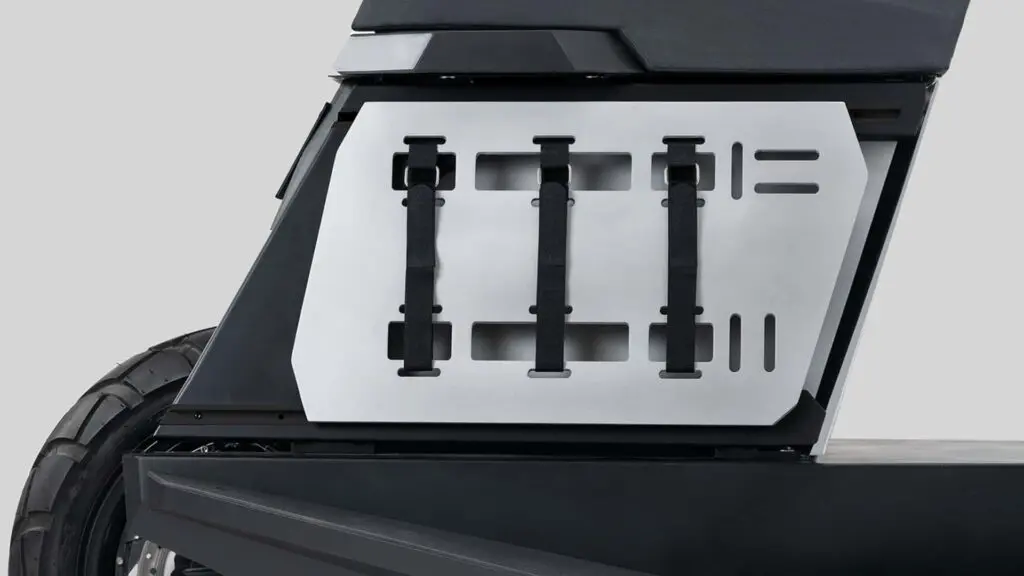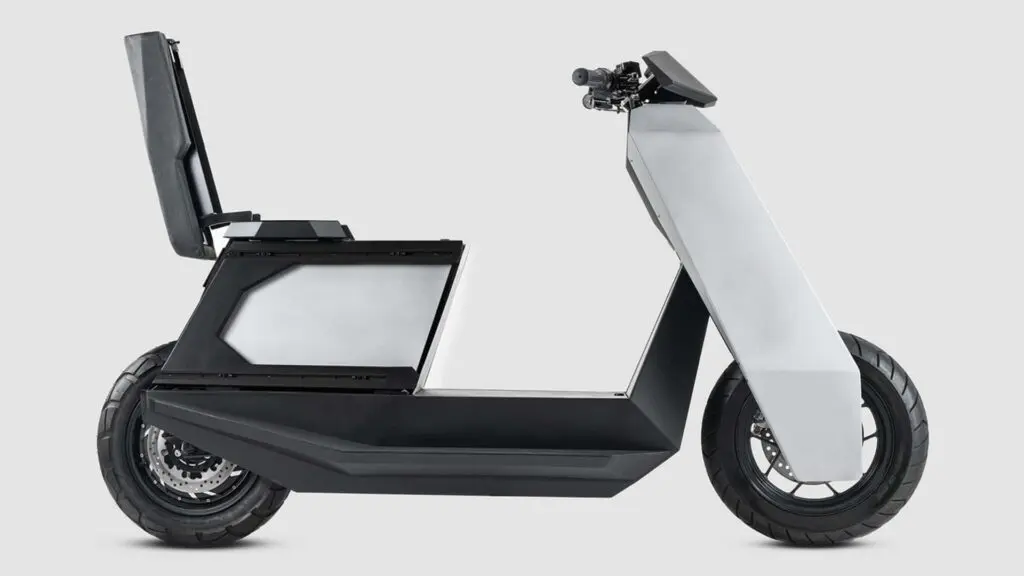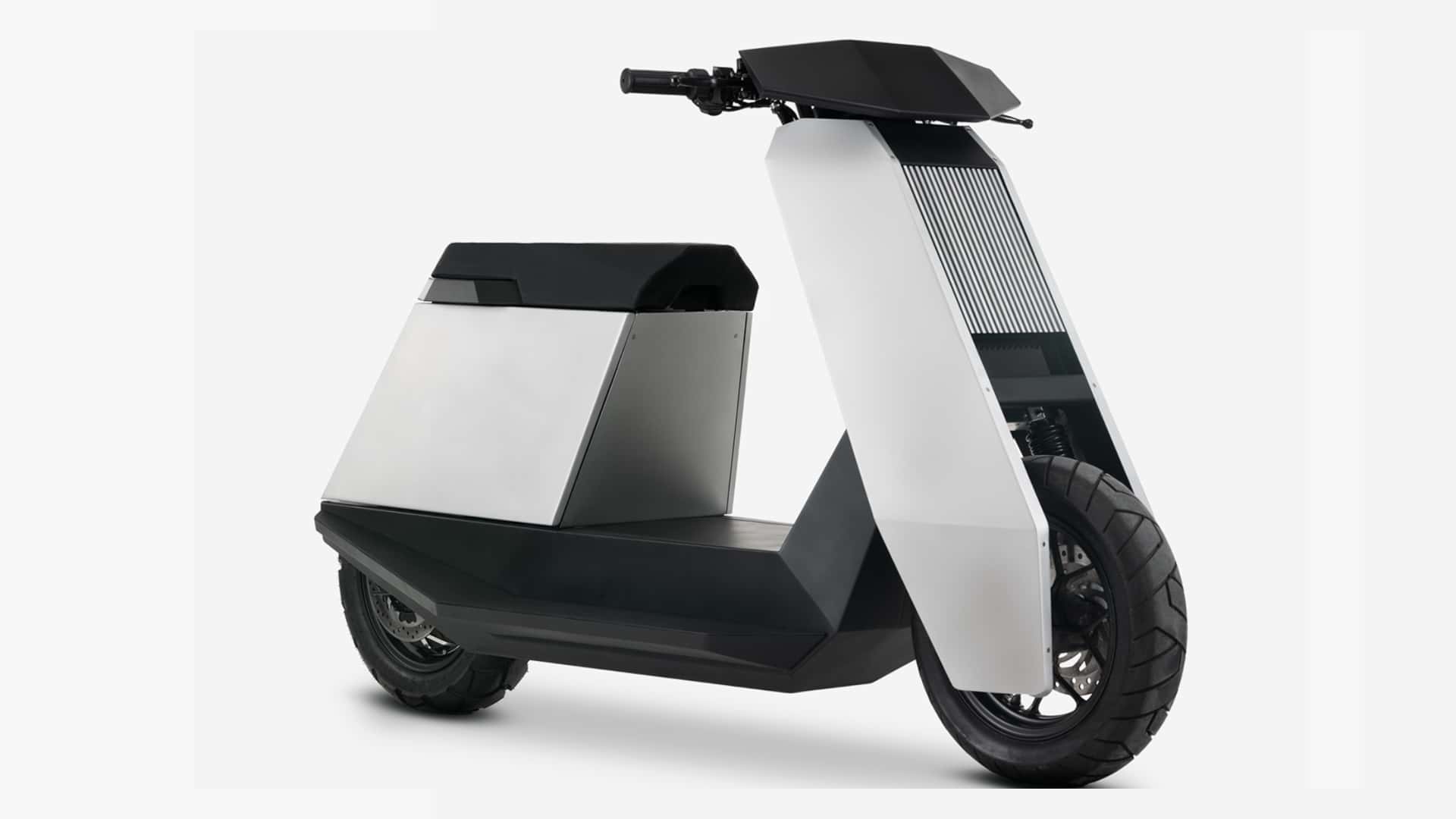As for performance, the P1 is equipped with a 12-kilowatt electric motor with a power of 16 hp. This puts it at the same performance level as 150cc scooters, surprisingly exceeding the power regulations stipulated for two-wheeled vehicles compatible with category A1 in Europe. However, the scooter’s removable 72-volt battery system promises a range of up to 96.5 km on a single charge – more than enough for two days of city commuting. Furthermore, the fact that it uses a removable battery means it can be charged both inside and outside the scooter, increasing its efficiency.
16 hp may not seem like much, but it’s enough to ensure quick city commuting. To make everything easier to use, the P1 has four driving modes: Eco, Performance, Turbo Boost, and Reverse Mode (yes, they include Reverse as a driving mode). This makes it easier to set the power mode and take off, especially in the unpredictable city traffic conditions. The P1 features Apple CarPlay and Android Auto, as well as a useful app for remote tracking and theft detection.


Needless to say, the star of the show when it comes to the design of the P1 is the modular storage system at the back of the scooter. Instead of using a top box like regular scooters, the P1 integrates a box at the rear – that’s where you sit when riding in the city. It features a modular system that allows you to attach external components for even more utility. These include mounts, luggage, and even speakers.
Infinite Machine co-founders Eddie and Joseph Cohen believe that the P1 can revolutionize the way people move in urban environments. Dissatisfied with the utility that regular motorcycles and scooters offer, they decided to create their own solution. “We’ve been riding motorcycles and scooters for years, but we were fundamentally dissatisfied with what’s available in the market. That led us to build the P1,” Eddie Cohen told The Pack.








